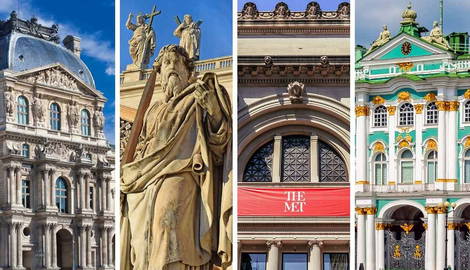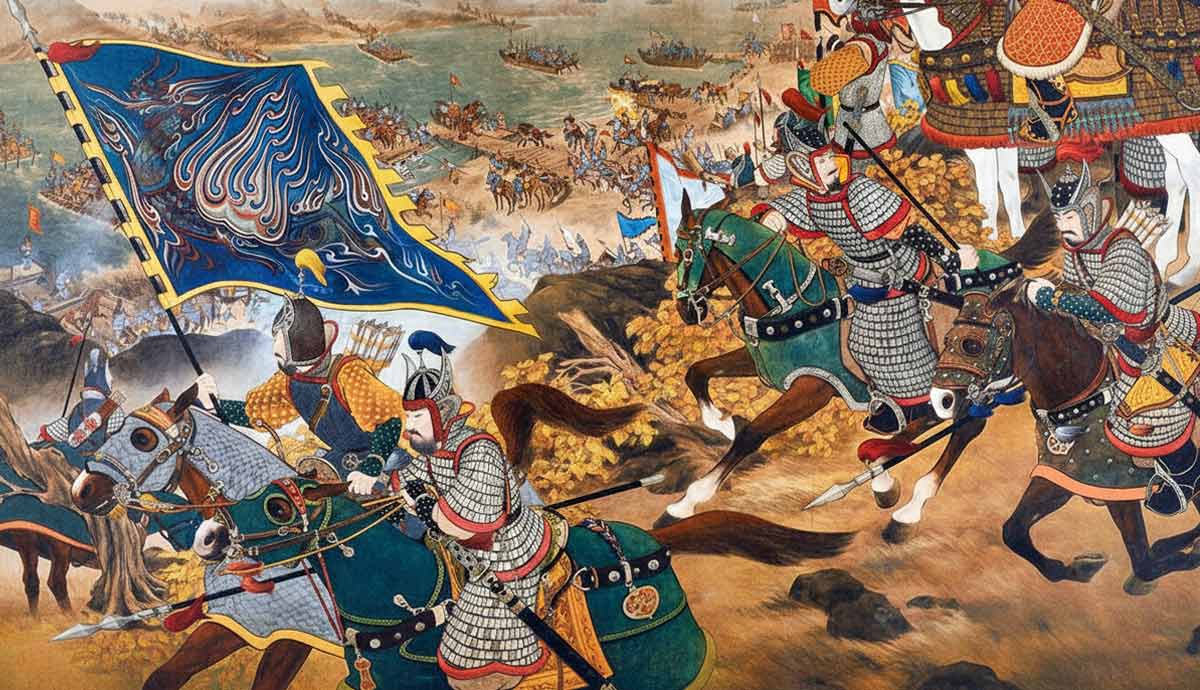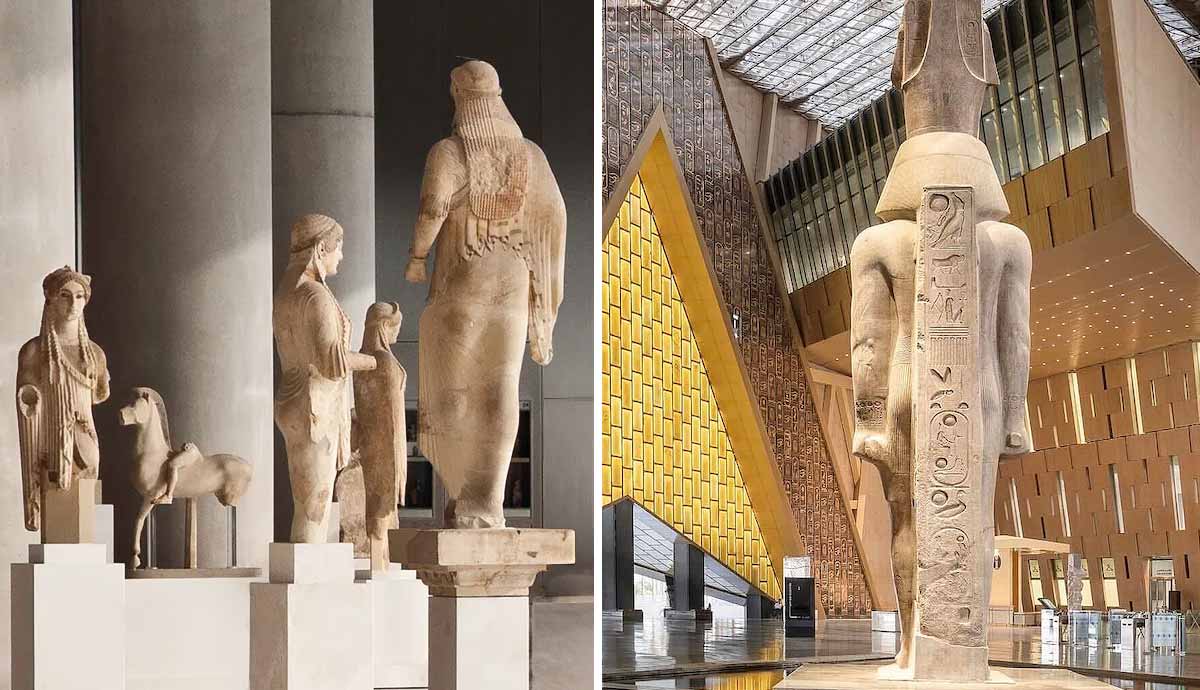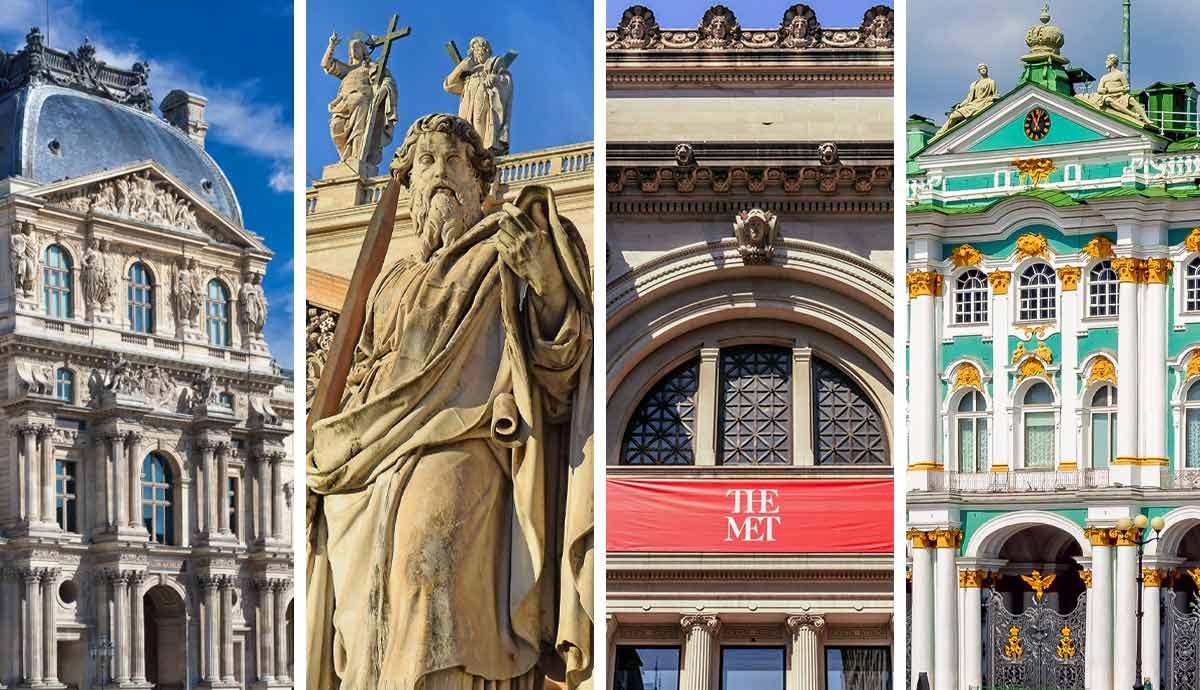
From Paris and Florence to Tokyo and São Paulo, here are 14 museums everyone must visit at least once. Each of these institutions boasts a collection that has shaped civilizations and continues to inspire millions of people every year. You can also explore the world’s most famous History museums or find out what the largest museums in the world are.
1. The Louvre Museum: Paris

Welcoming approximately nine million gallery-goers per year, the Louvre is the world’s most visited museum. In fact, Leonardo da Vinci’s Mona Lisa alone draws seven-figure crowds to the Parisian landmark each year.
Once a royal palace, the Louvre was converted into a public museum during the French Revolution. Today, the museum houses nearly 400,000 objects, spanning from Egyptian antiquities to modern masterpieces.
Known for: Leonardo da Vinci’s Mona Lisa, Venus de Milo, Nike of Samothrace, Delacroix’s Liberty Leading the People
2. The Vatican Museums: Vatican City

Founded in the 16th century, the Vatican Museums are among the best art museums in the world, reflecting centuries of papal art collecting. Vatican City‘s vast museum complex comprises some of the most recognizable works of Western art.
Among the Vatican Museums’ crown jewels of the Italian Renaissance are, of course, Michelangelo’s storied Sistine Chapel ceiling and the Raphael Rooms.
Known for: The Sistine Chapel, Raphael’s School of Athens, the Laocoön Group, Caravaggio’s The Entombment
3. Metropolitan Museum of Art: New York City, USA

The Metropolitan Museum of Art—also known as The Met—is the largest art museum in the Americas. With nearly two million objects spanning over 5,000 years, The Met’s collection captures the diversity of global art.
Highlights include the Temple of Dendur—an ancient Egyptian temple reasssembled in the heart of Manhattan—and iconic historical paintings such as David‘s Death of Socrates and Leutze’s Washington Crossing the Delaware.
Known for: Leuze’s Washington Crossing the Delaware, David’s The Death of Socrates, Van Gogh’s Wheat Field with Cypresses
4. State Hermitage Museum: St. Petersburg, Russia

Founded by Catherine the Great in 1764, Russia’s State Hermitage Museum is both a cultural monument and a former royal palace. It holds over three million works, making it one of the most significant museum collections in the world.
Visitors to the Hermitage encounter everything from ancient artifacts to European masterworks, including Old Masters like Leonardo da Vinci and Rembrandt, as well as modern favorites like Matisse and Picasso.
Known for: Leonardo da Vinci’s Benois Madonna, Rembrandt’s Return of the Prodigal Son, the Matisse Room
5. Prado Museum: Madrid, Spain
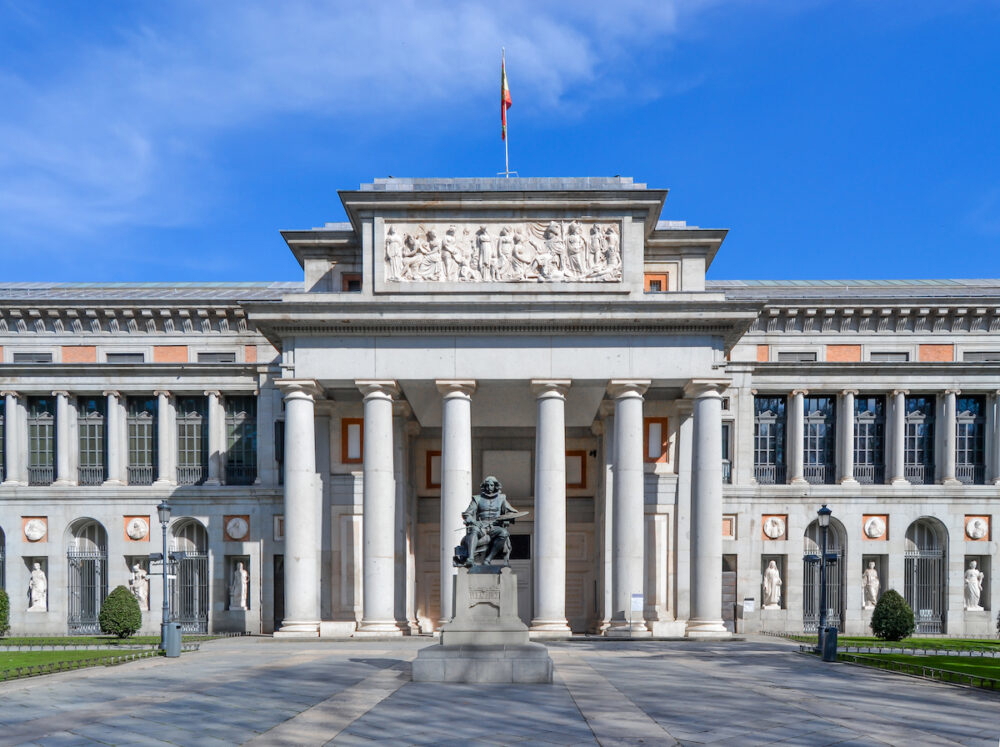
Founded in 1819, the Prado Museum in Madrid houses one of the world’s most comprehensive collections of Spanish art. Its collection was amassed over centuries through the patronage of the Spanish Crown.
Velázquez’s Las Meninas remains the Prado’s most celebrated painting, while Goya’s distinctive depictions of war reveal the darker side of Spanish art history. The museum also showcases Flemish and Italian art by artists such as Bosch, Titian, and El Greco.
Known for: Velázquez’s Las Meninas, Goya’s The Third of May 1808, Bosch’s Garden of Earthly Delights triptych
6. Uffizi Galleries: Florence, Italy

Built by the Medici family in the 16th century, the Uffizi Gallery is situated in the heart of Florence’s historic center. Its collection captures the innovation of the Italian Renaissance, featuring famous paintings and sculptures by the era’s most celebrated artists.
Monumental works by the likes of Botticelli and Michelangelo dazzle millions of visitors each year, making the Uffizi an essential stop for understanding the roots of European art.
Known for: Botticelli’s The Birth of Venus and Primavera, Leonardo da Vinci’s Annunciation
7. National Palace Museum: Taipei, Taiwan

The National Palace Museum in Taipei holds one of the world’s largest collections of Chinese imperial treasures. With over 700,000 artifacts spanning 8,000 years, its holdings include jade, bronze, porcelain, calligraphy, and other notable items.
While certain objects like the Jadeite Cabbage have become cultural icons, it is the sheer scope of the collection that makes the National Palace Museum a key resource for understanding Chinese civilization.
Known for: Jadeite Cabbage
8. Rijksmuseum: Amsterdam, Netherlands
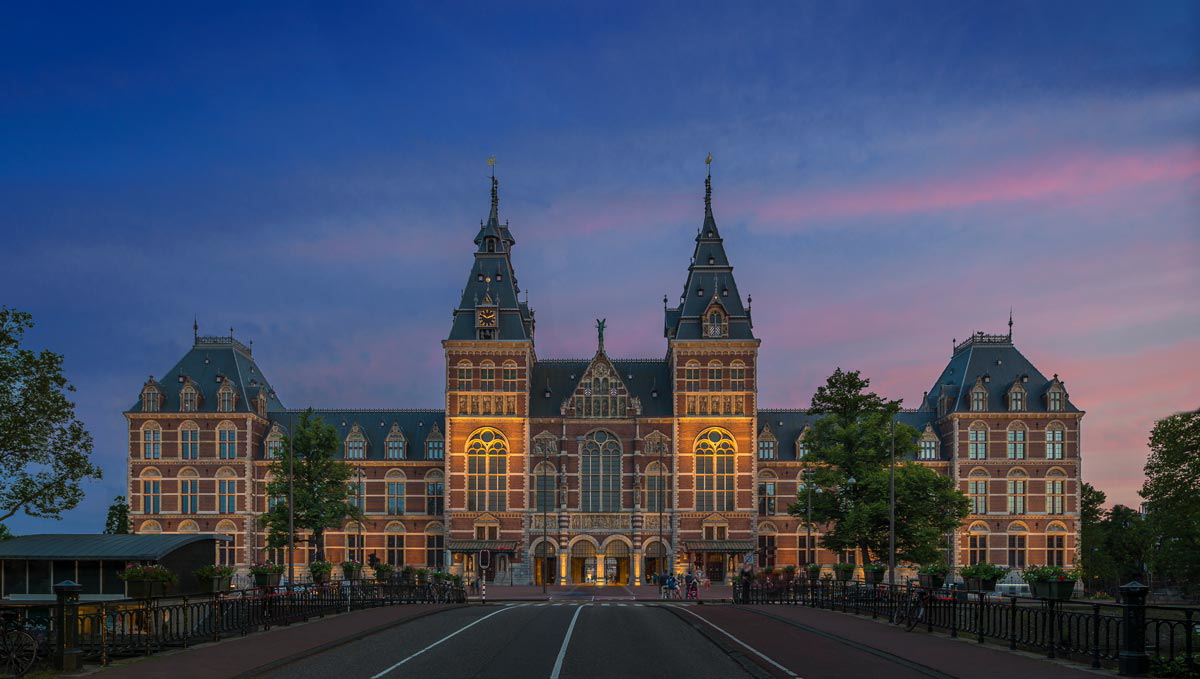
Amsterdam‘s Rijksmuseum is the definitive showcase of the Dutch Golden Age, an artistic era that revolutionized portrait, still life, and genre painting across Europe. Founded in 1798, the museum holds masterworks by Rembrandt, Vermeer, and Frans Hals. Beyond paintings, the museum houses decorative arts and historical objects, offering a comprehensive view of Dutch visual culture.
Known for: Rembrandt’s The Night Watch, Vermeer’s The Milkmaid, Hals’ The Merry Drinker
9. Tokyo National Museum: Tokyo, Japan
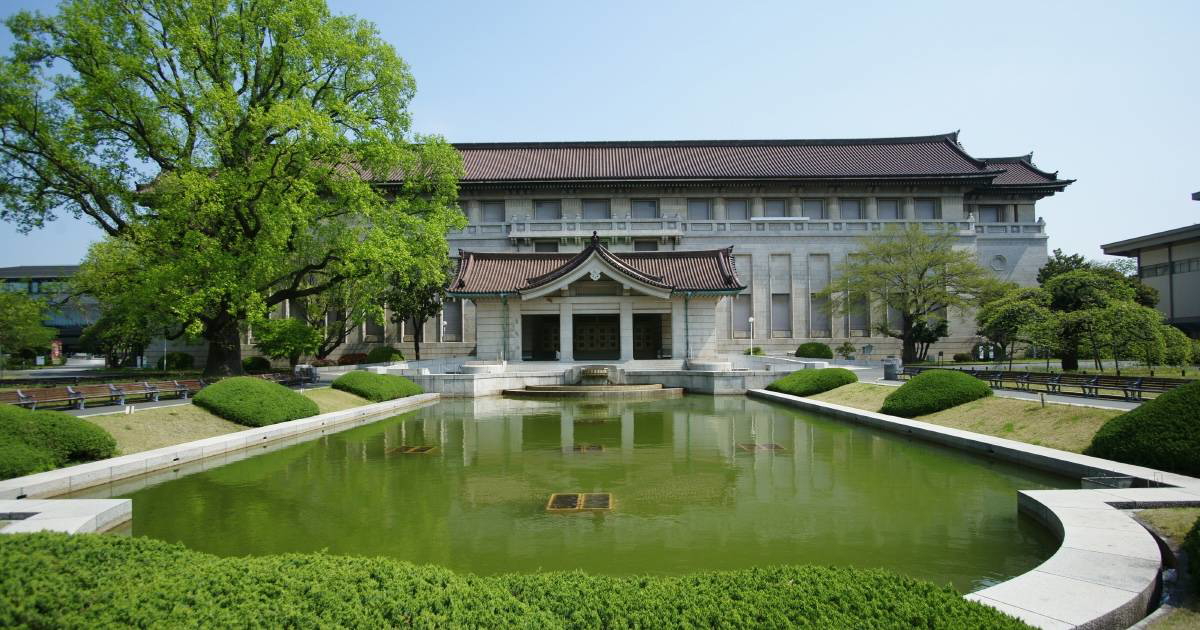
As Japan’s oldest and largest museum, the Tokyo National Museum serves as a cornerstone of the country’s cultural heritage. Its collection spans Buddhist sculpture, samurai armor, classical scrolls, and thousands of other treasures from across Asia.
The Tokyo National Museum, comprising six separate buildings surrounding a park, has a particular focus on ancient and medieval Japanese art, as well as Asian art along the Silk Road.
Known for: Gallery of Hōryūji Treasures, ukiyo-e prints and paintings
10. Musée d’Orsay: Paris, France
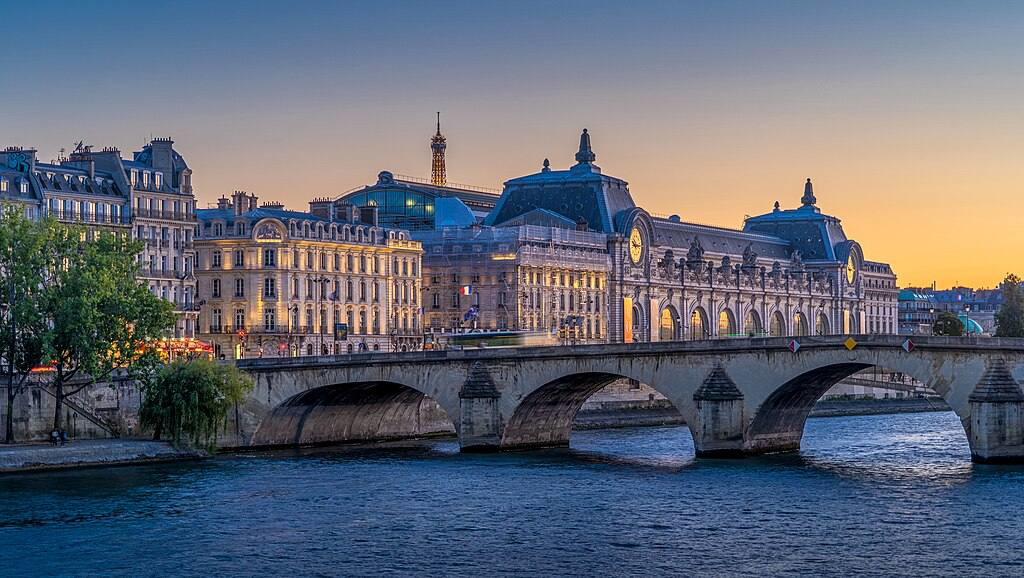
The Musée d’Orsay is the world’s foremost museum of Impressionism and Post-Impressionism. Opened in 1986 inside a converted railway station, its dramatic architecture mirrors the revolutionary spirit of the art it houses. Visitors move through soaring galleries that capture the radical energy of Paris’s artistic golden age.
Known for: Renoir’s Dance at the Moulin de la Galette, Van Gogh’s Starry Night Over the Rhône, Manet’s Luncheon on the Grass
11. Museum of Islamic Art: Doha, Qatar
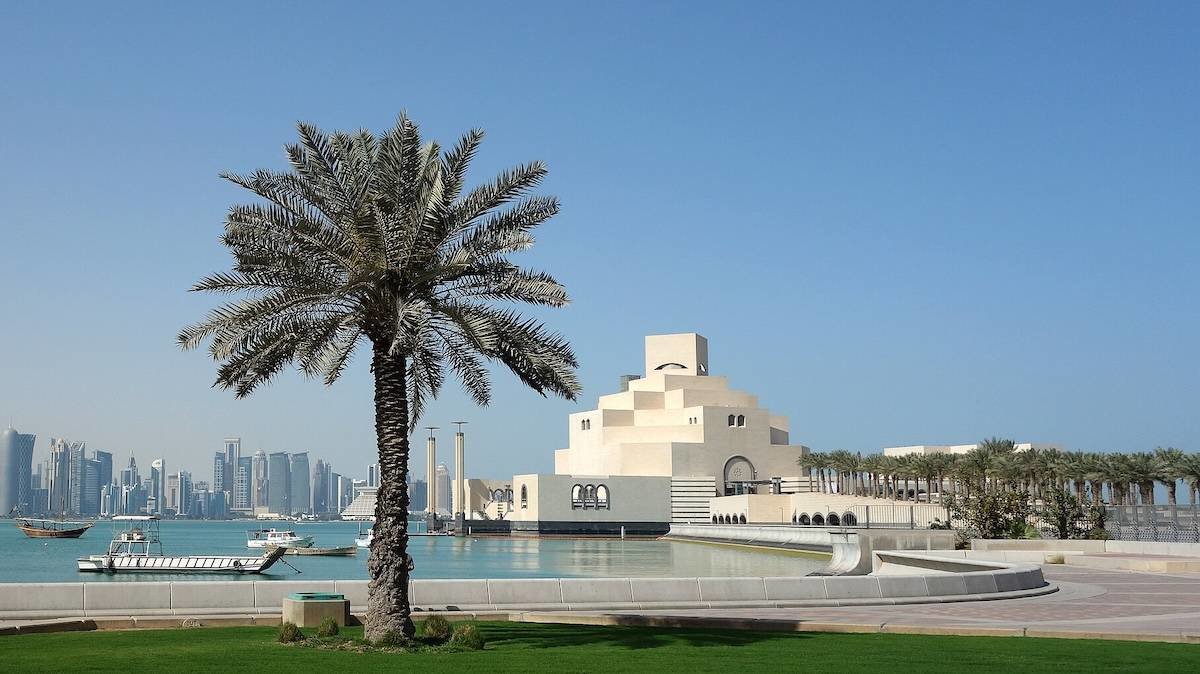
The Museum of Islamic Art is a masterpiece of modern architecture, designed by I.M. Pei to dominate its very own island in Doha, Qatar. The museum’s collection spans 1,400 years and three continents.
From traditional crafts to cutting-edge contemporary design, the museum showcases the artistic diversity of the Islamic world, including manuscripts, textiles, ceramics, metalwork, and more.
Known for: Sitara of the Ka’ba, rare Qur’an manuscripts ranging from the 7th to the 19th centuries
12. São Paulo Museum of Art: São Paulo, Brazil
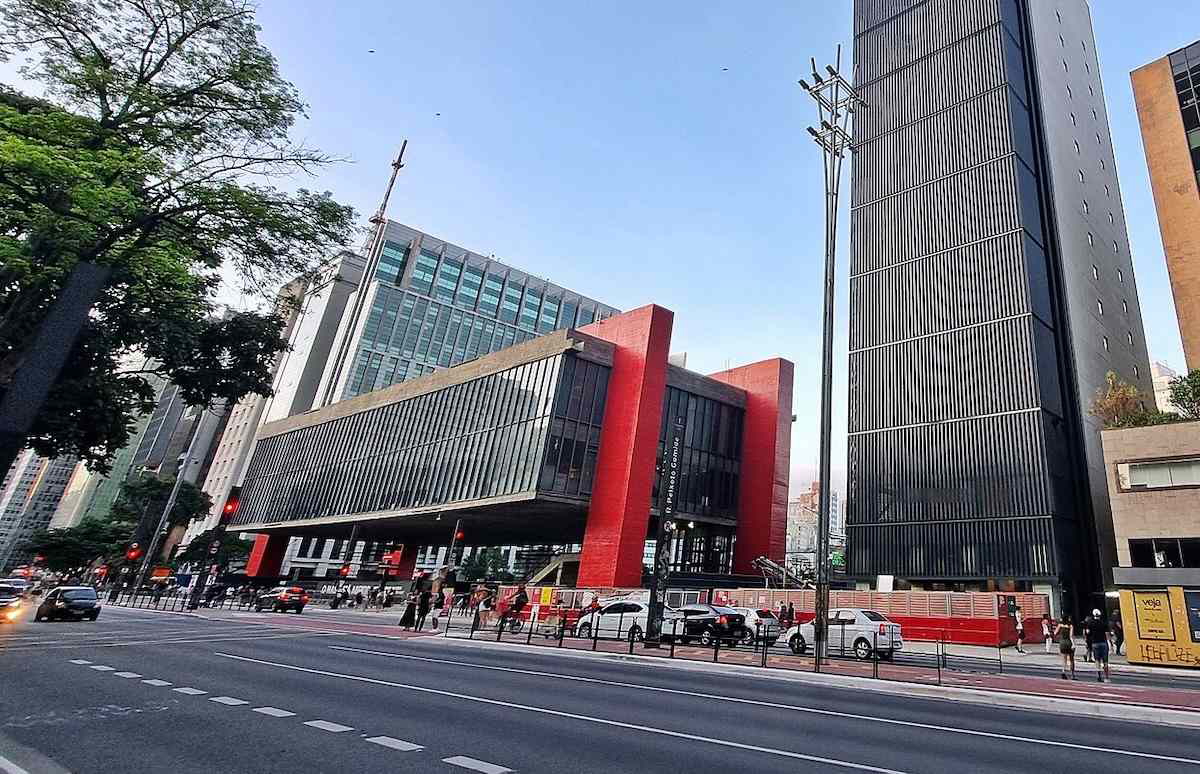
The São Paulo Museum of Art is South America’s foremost art institution. Designed by Lina Bo Bardi, the modernist building features a suspended glass roof and appears to hover over the streets of São Paulo on red stilts.
Inside the museum, the innovative glass easel system transforms the way visitors experience the collection, which features both European Old Masters and the world’s largest collection of Brazilian art.
Known for: Bosch’s Temptations of St. Anthony, El Greco’s Annunciation, Portinari’s Northeastern Migrants
13. The National Gallery: London, UK

The National Gallery houses one of the world’s most definitive collections of Western European painting. Located in London‘s bustling Trafalgar Square, the museum spans six centuries of artistic achievement, from the early Renaissance to the height of Impressionism. Its holdings embody European art history at its finest.
Known for: Van Gogh’s Sunflowers, Van Eyck’s Arnolfini Portrait, Holbein’s The Ambassadors
14. Art Institute of Chicago: Chicago, USA
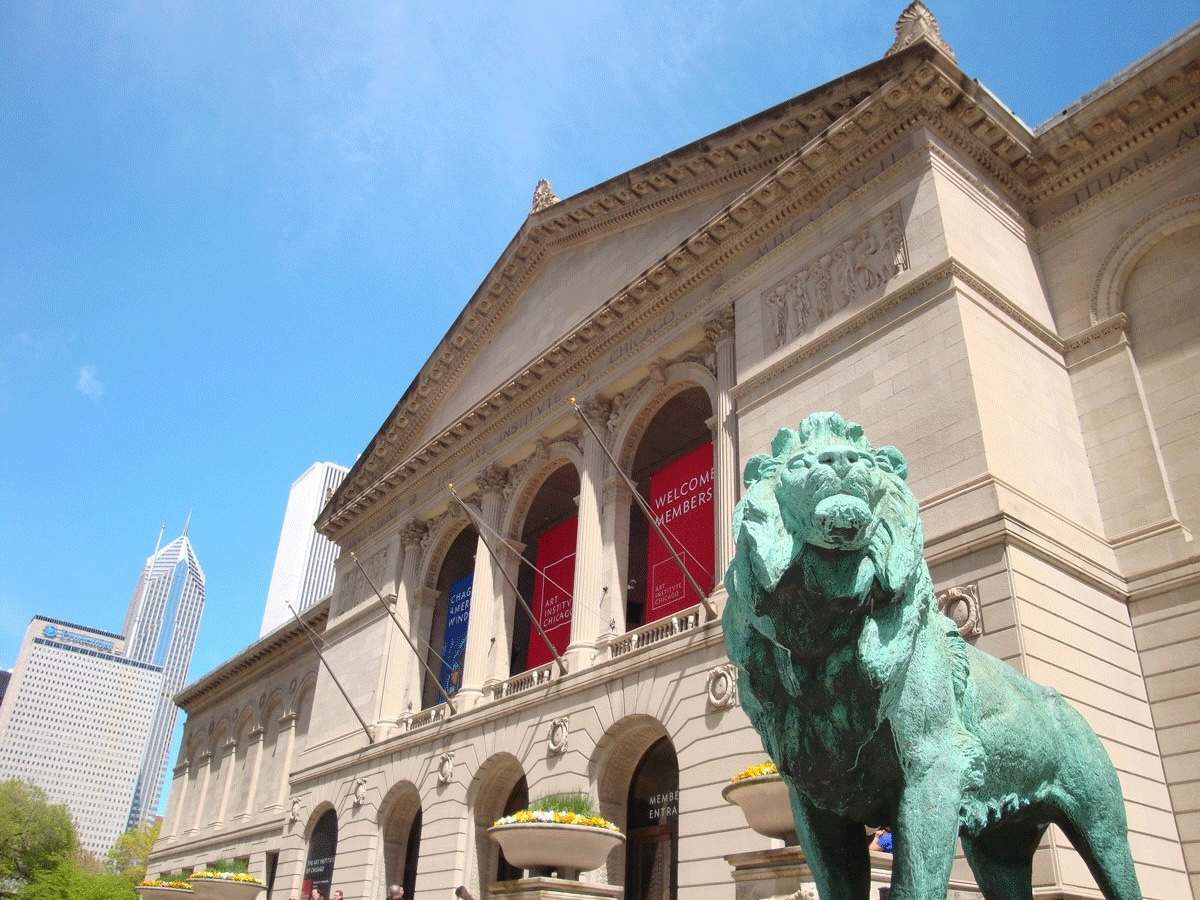
Founded in 1879, the Art Institute of Chicago is one of the oldest and most influential museums in the United States. Its holdings—numbering over 300,000—span from ancient artifacts to modern art. Additionally, it houses one of the largest collections of Impressionist and Post-Impressionist works outside of France.
Known for: Seurat’s A Sunday Afternoon on La Grande Jatte, Grant Wood’s American Gothic, O’Keeffe’s Sky above Clouds IV
Recap & Quick Facts
| Museum | Location | Claim to Fame |
| 1. Louvre Museum | Paris, France | The world’s most visited museum, home to nearly 400,000 works, including the Mona Lisa |
| 2. Vatican Museums | Vatican City | Centuries of papal collecting with Michelangelo’s Sistine Chapel ceiling |
| 3. Metropolitan Museum of Art | New York, USA | The largest museum in the Americas, covering 5,000 years of global art |
| 4. State Hermitage Museum | St. Petersburg, Russia | Founded by Catherine the Great; holds over 3 million works |
| 5. Prado Museum | Madrid, Spain | Spain’s premier art museum, with masterpieces by Velázquez and Goya |
| 6. Uffizi Gallery | Florence, Italy | Birthplace of Renaissance art, rooted in the Medici family collection |
| 7. National Palace Museum | Taipei, Taiwan | One of the world’s largest troves of Chinese imperial art |
| 8. Rijksmuseum | Amsterdam, Netherlands | The definitive Dutch Golden Age museum, with Rembrandt’s The Night Watch |
| 9. Tokyo National Museum | Tokyo, Japan | Japan’s oldest and largest art museum, preserving Asian cultural heritage |
| 10. Musée d’Orsay | Paris, France | The leading museum for Impressionist and Post-Impressionist art |
| 11. Museum of Islamic Art | Doha, Qatar | Iconic I.M. Pei design, houses one of the most significant Islamic art collections |
| 12. São Paulo Museum of Art | São Paulo, Brazil | South America’s foremost art museum, famed for its modernist architecture |
| 13. The National Gallery | London, UK | Collection of Western European paintings spanning the 13th to 19th centuries |
| 14. Art Institute of Chicago | Chicago, USA | One of the United States’ oldest museums, noted for its Impressionist holdings |
